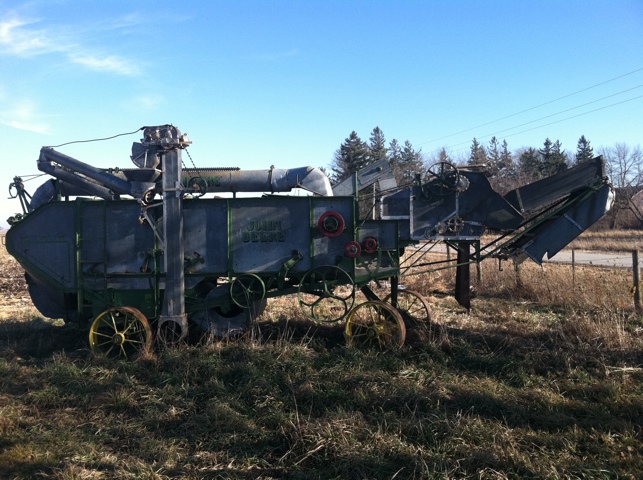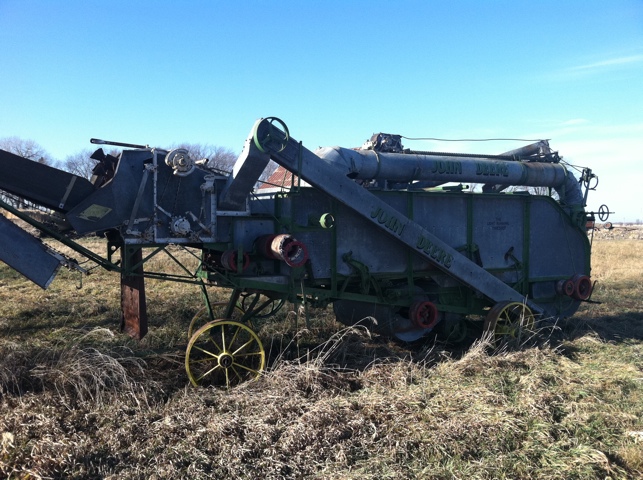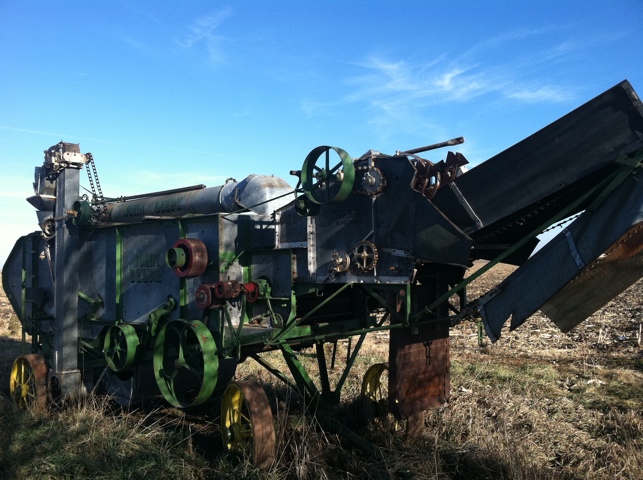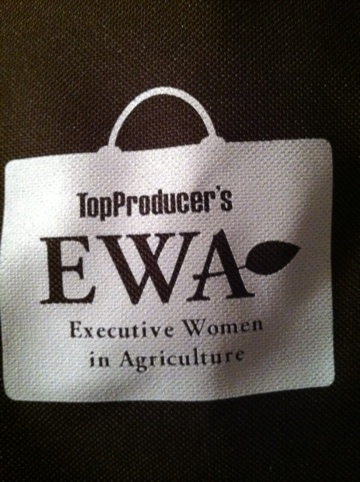As you know, we produce some hay as part of our yearly crop, and in the winter, when horses and sheep and goats have no grass left to eat, hay is fed in lieu of pasture grass. Hay comes in a few different sizes when sold for easier transport. It comes in large round bales, large square bales, and small square bales. It also comes in many different consistencies, such as grass hay, grass/alfalfa hay, and straight alfalfa. And alfalfa itself comes in many different potencies, depending on how well seeded it was, what year it was seeded, and what cutting was brought to the sale. Some years, hay farmers can get four really good cuttings of hay in the summer between frosts.
This past summer, many grass and alfalfa growing states were in a drought, so there was less of a quantity of hay as well as a decrease in quality hay. For farmers who produce hay, this could be a good thing if they solely sell it for profit. An area shortage of hay can lead to higher prices and that was what we were hoping for when we brought some hay to an auction yesterday. What we found was not a shortage of hay at all! The auctioneer said it was the most hay he’d seen in a while. It could have been because the weather was so nice yesterday and it was a good day to travel with loads of hay, or it could have been that our area had more rain than other areas and produced more. Anyway, there looked like there were more sellers than buyers and we were a bit concerned of what the outcome in price might be.
It turned out that all the hay got sold, but some toward the end of the sale brought some pretty low prices: $2.50/small square bale of grass/alfalfa mix hay 3rd or 4th cutting and $55/large square bale of similar quality. A good price right now for quality hay is $4.50/small square bale and $70/large square bale. And an excellent price, if there was a shortage, would be in the area of $6.50 and $80-90!
All in all, we sold our hay at a good price and found an interested buyer of more hay in the future who lives nearby: a horse person! Hay producers love the horse people…and the hobby farmer people, because they love their animals as pets and will pay a good price for good hay when they find it.
While at the auction, we saw an old John Deere thresher. I had never seen one up close and was in awe of how far technology has come since the days of threshing in the earlier half of the 20th century. My grandma Johnson filled a journal with memories of growing up around here and one of the stories was of threshing days. Farming was more cooperative back in those days and people farmed mostly for survival and to raise food for their livestock. A thresher was a steam engine powered contraption that threshed oats. It was connected by one belt that ran all different types of belts and pulleys that moved all the moving parts inside the thresher. It separated the grain from the stem, then blew out the stems, leaves and chaffs (straw) in a pile on one end for the farmer to use for livestock bedding and on another end elevated the oats into a wagon pulled by horses alongside the thresher. Threshing was a community oriented activity because it took many hands and muscles to get the cut oats set in mounds on the ground, into the thresher. The thresher only came around to an area once a year in July and August and was shared by many. All the men and boys would be working with the thresher while the women and girls cooked and baked all morning to feed the threshing crew. The house where the threshing took place that day was also the host of the meal. I will find that story of my grandma’s and post it. It really shows how far we have come in terms of technology yet how far apart we have become as neighbors in a community. Farming is no longer about survival, it’s all about making $$$. Sometimes, I’m not sure which is better…
Near our farm is a historical acreage of an old farm house, barns, sheds, country school, drug store and farm machinery and contraptions. Every Labor Day weekend, they have a 3-day show of how people in the rural areas lived and farmed. It’s called the Cedar Valley Annual Thresher’s Reunion.



